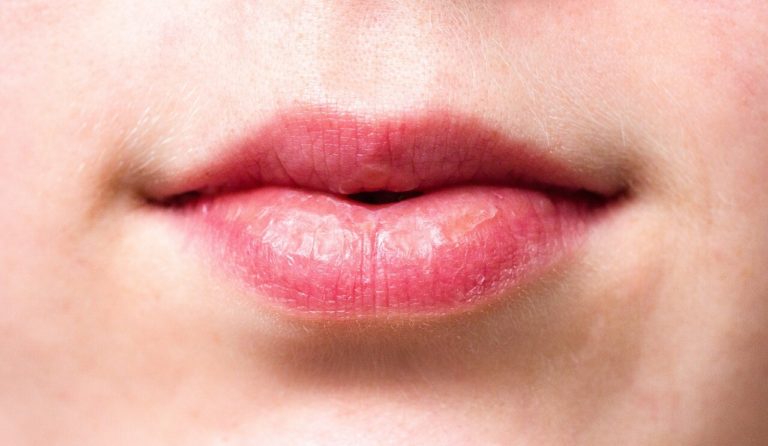You’re expecting a little bundle of joy, and everyone wants to know – is it a boy or a girl? The old wives’ tales say you can tell by the way you’re carrying, your cravings, the shape of your bump, and even the shade of your discharge. But is there any truth to these pregnancy myths? Does white discharge really mean you’re having a boy or a girl?
Vaginal Discharge During Pregnancy
Pregnancy causes all kinds of changes in your body, and one of the most common is an increase in vaginal discharge. This discharge, known as leukorrhea, is usually thin, white, and milky. For many women, it’s one of the first signs of pregnancy.
Normal vs. Abnormal Discharge
Normal discharge during pregnancy is typically odorless and harmless, though the amount will likely increase as your due date approaches. However, if the discharge has a strong, unpleasant odor, is thick and clumpy like cottage cheese, or is an unusual color like green or yellow, it could indicate an infection and you should call your doctor right away.
Myths And Old Wives’ Tales About Pregnancy
Increased Discharge Means It’s A Girl
It’s an old myth that if you have more discharge during pregnancy, you’re having a girl. The truth is, increased discharge is normal during pregnancy and not related to the baby’s gender. Hormone changes just cause your discharge to increase, no matter if you’re having a boy or a girl.
Clear or White Discharge Points To A Boy
Another myth says that if your discharge is clear or white, it must be a boy. Again, the clarity or color of your discharge has nothing to do with the gender of your baby. Discharge changes are caused by normal pregnancy hormonal fluctuations, not by the sex of the fetus.
Morning Sickness Signals A Girl
You’ve probably heard that more morning sickness means you’re having a girl. Unfortunately, that’s not backed by science either. Morning sickness and the severity of it is not related to the sex of the baby. Hormones are the cause of morning sickness, and hormone levels rise in early pregnancy, no matter if you’re having a boy or a girl.
Pimples Indicate A Baby Girl
One common belief is that an increase in acne during pregnancy may indicate that a mother is carrying a girl. The idea persists due to cultural traditions and anecdotal evidence.
Some possible explanations for the superstition include hormonal changes that may differ when carrying a girl versus a boy. Estrogen and progesterone levels fluctuate throughout pregnancy and can affect oil glands and sebum production, leading to acne breakouts. If these hormone levels trend higher when carrying a female fetus, it could theoretically result in more severe acne for those mothers.
The Origins of This Superstition
Many cultures have long-held beliefs that “watery” discharge points to a male baby, while “milky” (thick) discharge indicates a female baby. Some also claim that heavier discharge means one gender over the other. However, these are simply old wives’ tales. The changes in discharge during pregnancy are due to fluctuating hormones and increased blood flow to the vaginal area.
Sure, some women do report differences in their discharge before finding out the baby’s sex, but there are no consistent patterns. The color and consistency of discharge can vary significantly from woman to woman and even pregnancy to pregnancy. The only way to determine your baby’s gender for sure is through medical tests like ultrasound imaging or amniocentesis.
So try not to read into any changes in your discharge as a clue to whether you’re having a daughter or son. Focus instead on staying healthy during your pregnancy by maintaining good hygiene, eating right, reducing stress, and avoiding harmful substances. Your baby’s development depends on the choices you make during this critical time.
Leave the guessing games behind and try to patiently wait for your next ultrasound to discover if you’ll be picking out pink or blue! The most important thing is that you have a safe delivery and a healthy baby.


